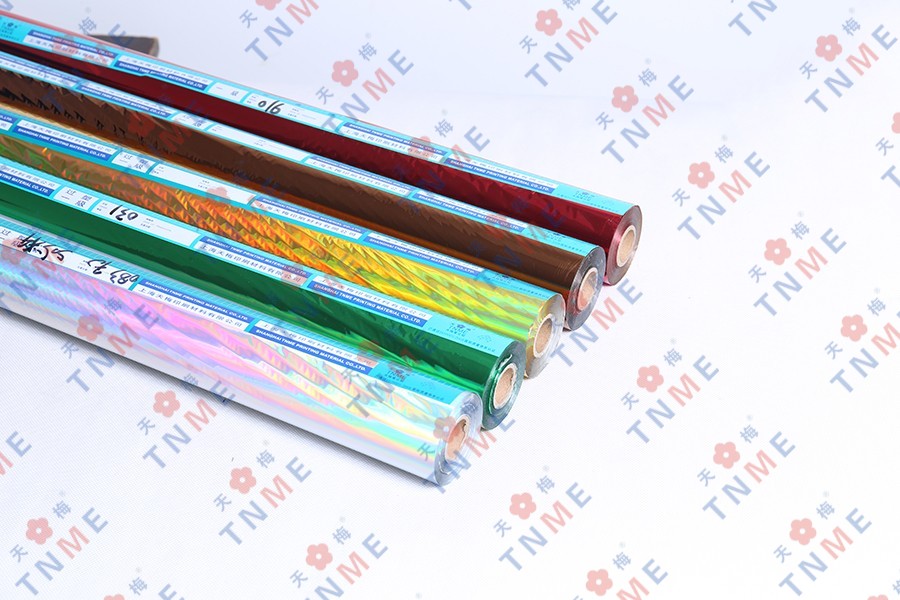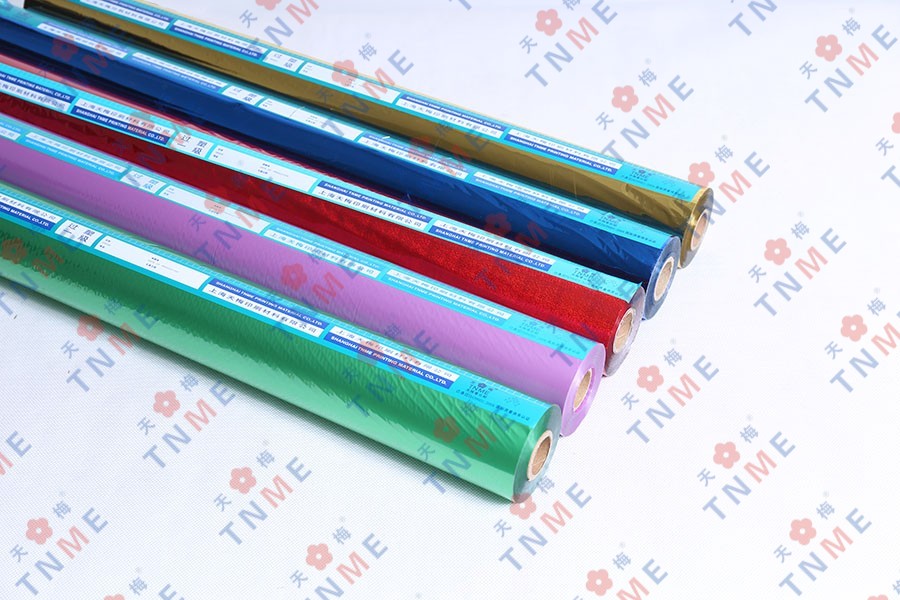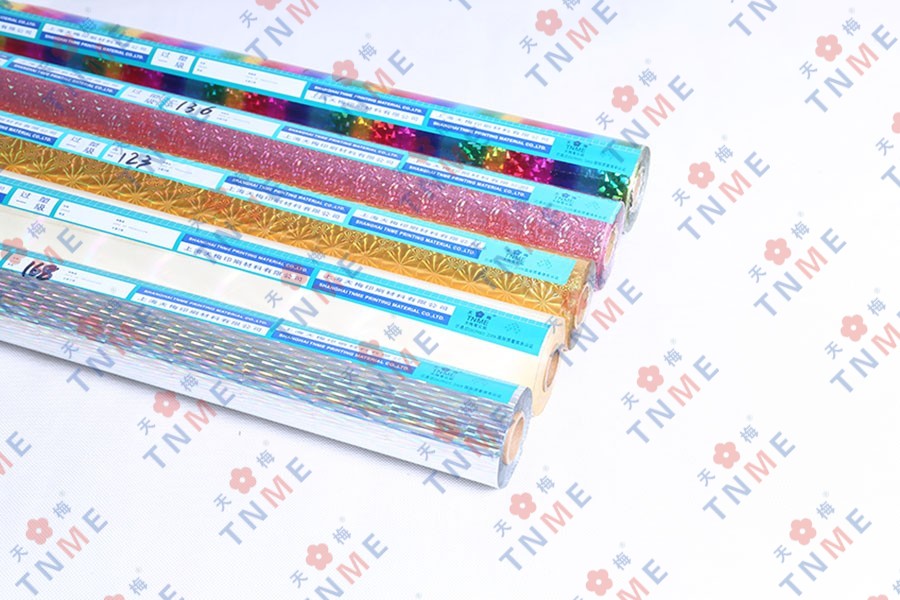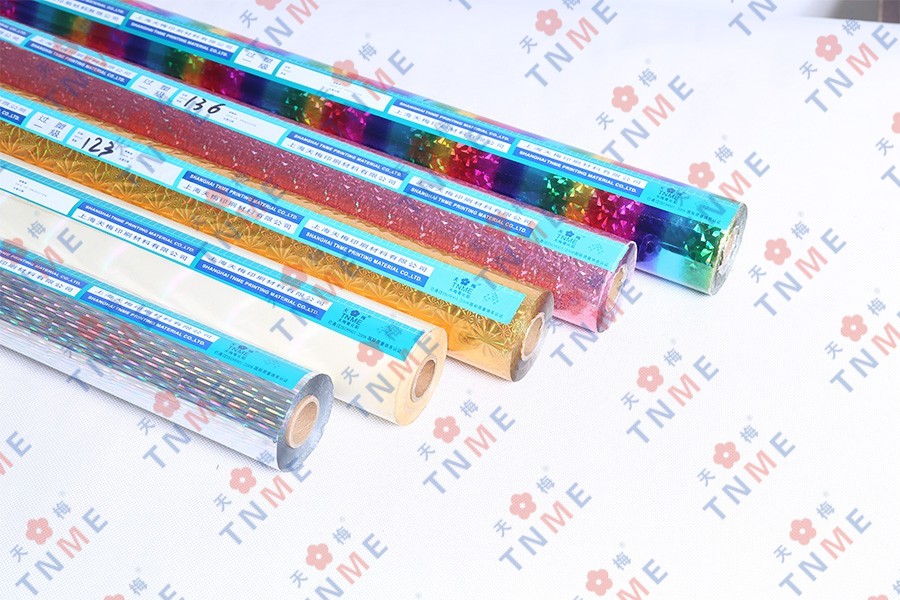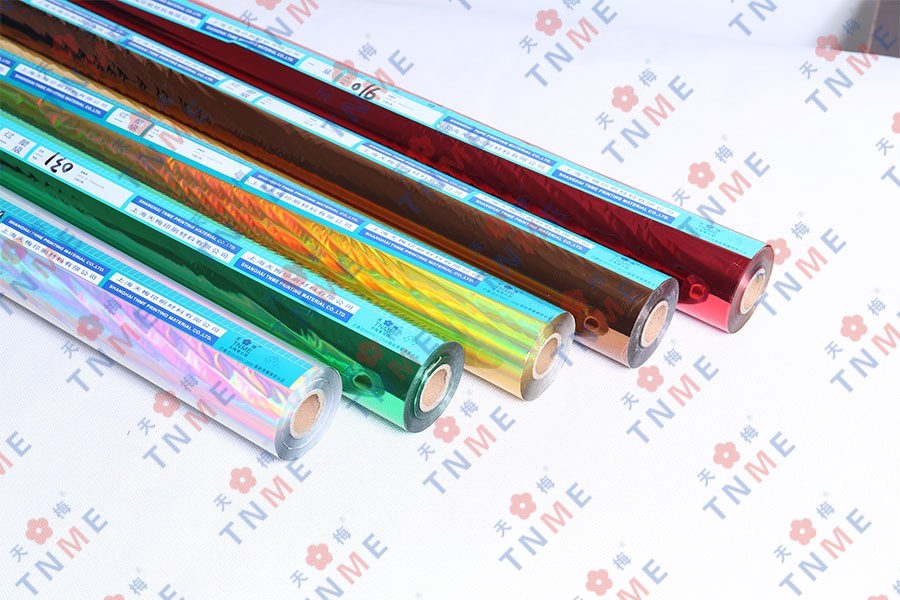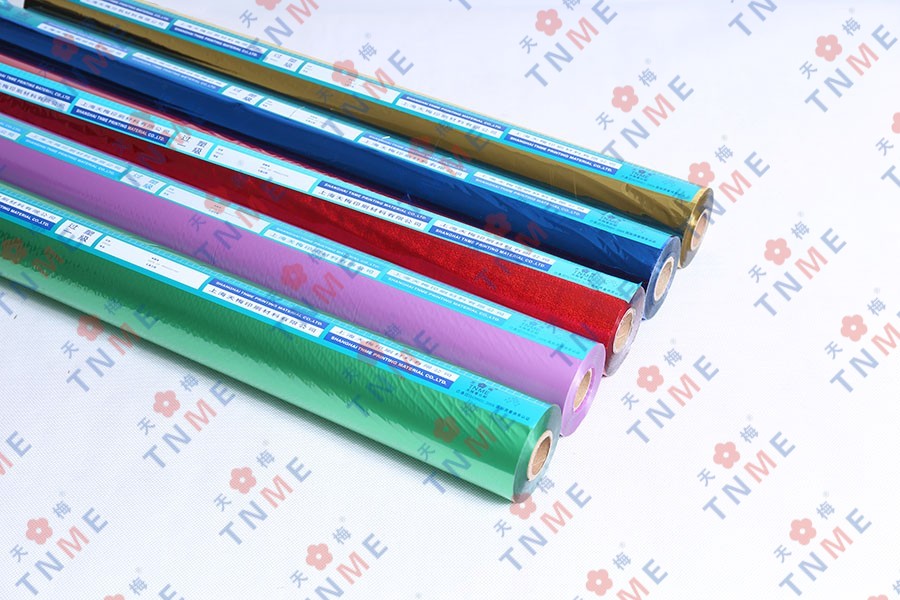What Is UV Materials Foil and How Is It Used in Industry?
UV materials foil is a specialized material designed to reflect, block, or resist ultraviolet (UV) radiation while offering additional protective properties. It is widely used across industries where UV exposure can degrade materials, increase heat absorption, or pose safety risks. Variations such as UV reflective foil, UV protective foil, and metallized UV barrier film serve specific functions, from thermal insulation to solar radiation management. Below, we explore its composition, applications, and advantages.
1. Composition and Key Properties of UV Materials Foil
UV materials foil is typically constructed using:
- Metallic layers (aluminum, silver, or alloy coatings) – Enhance reflectivity and block UV rays.
- Polymer substrates (polyester, polyethylene, or acrylic) – Provide flexibility and durability.
- Adhesive backings (in some variants, like aluminum foil tape (UV-resistant)) – Enable easy application on surfaces.
Key properties include:
- High UV reflectivity – Minimizes UV penetration, protecting underlying materials.
- Thermal resistance – Reduces heat transfer, useful in heat shield foil (UV-resistant) applications.
- Weather and chemical resistance – Withstands environmental degradation.
2. Primary Industrial Applications
UV materials foil is utilized in multiple sectors due to its protective and reflective qualities:
A. Construction & Architecture
- Radiant barrier foil – Installed in roofs and walls to reflect solar heat and UV radiation, improving energy efficiency.
- Solar reflective foil – Used in green buildings to reduce cooling loads.
B. Automotive & Aerospace
- Heat shield foil (UV-resistant) – Protects vehicle components (e.g., engine parts, interiors) from UV-induced heat damage.
- UV protective foil – Applied on windows and surfaces to block harmful radiation.
C. Packaging & Electronics
- Metallized UV barrier film – Shields sensitive electronics and perishable goods from UV degradation.
- Aluminum foil tape (UV-resistant) – Seals and insulates wiring and HVAC systems.
3. Advantages Over Conventional Materials
- Compared to standard foils or films, UV materials foil offers:
- Superior UV Protection – Reflects or absorbs up to 99% of UV rays, outperforming untreated materials.
- Enhanced Durability – Resists yellowing, brittleness, and breakdown under prolonged sun exposure.
- Multi-Functionality – Combines thermal insulation, moisture resistance, and light reflection in a single layer.
4. Future Trends in UV Materials Foil Technology
Innovations are expanding its applications:
- Thinner, High-Performance Films – Nanocoatings improve reflectivity without adding bulk.
- Eco-Friendly Formulations – Recyclable and non-toxic alternatives are in development.
- Smart Films – Some variants now integrate temperature-responsive layers for adaptive UV/heat management.
UV materials foil—including UV reflective foil, metallized UV barrier film, and radiant barrier foil—plays a crucial role in industries requiring UV protection and thermal management. Its versatility, durability, and efficiency make it indispensable in construction, automotive, and packaging sectors. As technology advances, its applications will continue to grow, offering smarter and more sustainable solutions.




 English
English 中文简体
中文简体
